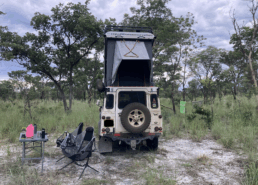When you’re gearing up for your first overlanding travel adventure, one of the most common questions is, “What essential tools and equipment should I have in my vehicle?”
It’s a question that pops up frequently in overlanding travel forums and discussion groups. While plenty of “round-up” lists are available online, we’ve consolidated the best advice into this definitive guide. Whether you’re just starting out or looking to refine your gear setup, this post will help you prepare for a safe and enjoyable journey.
Want to get overlanding travel tips and stories right in your inbox? Subscribe to our Substack!
Basic Recovery Gear: Your Lifeline in Tough Situations
Overlanding travel often takes you off the beaten path, where getting stuck in mud, sand, or snow is more a question of “when” than “if.” That’s why having a solid recovery gear kit is non-negotiable.
Here’s what you need to include:
- Tow Rope: A sturdy tow rope is your first line of defense when you need a quick tug out of a sticky situation.
- Snatch Strap/Kinetic Strap: These are designed to stretch and recoil, providing the kinetic energy needed to free a stuck vehicle.
- Snatch Block: A snatch block is useful in winching situations. It helps change the direction of the pull and doubles the pulling power of your winch.
- Tree Saver: Protect the trees you anchor your winch to with a tree saver strap, which distributes the load and prevents damage.
- D-Ring Shackles: To secure your straps and ropes, you’ll need at least two or three of these strong connectors.
- Thick Leather/Fabric Gloves: Protect your hands from frayed wires and sharp edges while handling recovery gear.
This basic recovery set can make the difference between being stranded for hours or getting back on the trail in minutes.
While a winch is optional, it’s a valuable asset, especially if you’re traveling solo. Just ensure your winch is rated for your vehicle’s weight and that the cable or rope is always in top condition. Regular maintenance checks are crucial — you don’t want to discover a malfunction when you’re stuck in the middle of nowhere.
Additionally, your vehicle must have strong, purpose-built recovery points, typically attached to the chassis. If your vehicle lacks these, invest in having them professionally installed. And remember, never use factory “attachment points” for recovery — they’re designed for securing the vehicle during transport and can fail catastrophically under stress.
Supplementary Recovery Tools: Don’t Leave Home Without Them
While your basic recovery kit covers most scenarios, a few additional items can further increase your self-recovery capability:
- Metal Shovel: A must-have for digging out tires from sand, mud, or snow.
- Recovery Boards: Essential for gaining traction when your tires are spinning helplessly. Quality boards like TREDs or MaxTrax are worth the investment; avoid all flimsy alternatives (they’ll just break)!
- High-Quality Flashlight: A reliable flashlight is crucial for any night-time recovery efforts or roadside repairs.
- Tire Repair Kit: A comprehensive tire repair kit will keep you rolling from punctures to slow leaks.
- Tire Inflator or Filling Foam: Handy for quick, temporary repairs until you can get a proper fix.
- Sturdy Bottle Jack: Necessary for lifting your vehicle when changing a tire.
- Hi-Lift Jack: While not always necessary, a Hi-Lift jack can be invaluable in certain situations. However, it’s heavy, and using it incorrectly can be dangerous. Proper training is essential before relying on it in the field.
Additional Gear for Peace of Mind
Beyond recovery tools, a few other items can make your 4×4 overlanding travel experience smoother and safer:
- Radiator Seed Net: Keeps debris from clogging your radiator, preventing overheating in tough environments.
- Q20/WD40 Spray Bottle: Perfect for cleaning and protecting electrical connections exposed to moisture.
- Duct Tape & Cable Ties: These versatile items can temporarily fix a multitude of issues.
- Electrical Tape: Vital for patching up damaged wiring and protecting against short circuits.
- Metal Jerry Cans for Water and Diesel/Petrol: Especially if your vehicle doesn’t have a long-range fuel tank, have a 20-litre jerry can or two for extra fuel and a longer range. One jerry can for drinking water is also recommended; water is the most important thing to have if you get stranded somewhere. It’s usually a yellow can for diesel, green for petrol, and blue for drinking water. Those NATO jerries are the best and most robust.
- Water filter/purifier: Having a water filtering system may save your life! Always carry one. We use the Lifestraw Mission system for quick and efficient purification during our overland travel.
Basic Tool Set: Ready for On-the-Spot Repairs
A well-curated tool set is indispensable on any overlanding trip. You don’t need a massive box filled with every tool under the sun — just a selection of essentials like wrenches, spanners, and pliers that can handle most repairs and adjustments on the road.
Spare Parts: Be Prepared for the Unexpected
One of the best ways to avoid being stranded is by carrying a few key spare parts.
Research your vehicle’s weak points and stock up on components that are prone to failure and hard to find in remote locations. For example, on our Land Rover Defender Puma 2.4, we carry tie rod ends, bushings, wheel bearings, spare relays, an ignition switch, and basic maintenance parts like filters and fluids.
Conclusion: Gear Up for Your 4×4 Overlanding Travel Adventure
Equipping your vehicle with the right tools and gear is essential for any overlanding trip.
This list covers the basics, but as you gain more experience, you might find other items that suit your specific needs. The key is trying to be prepared for whatever the road — or lack thereof — throws at you.
So, pack up, check your gear, and confidently hit the road. Here’s to your next great overlanding travel adventure!
Happy travels! 😎



